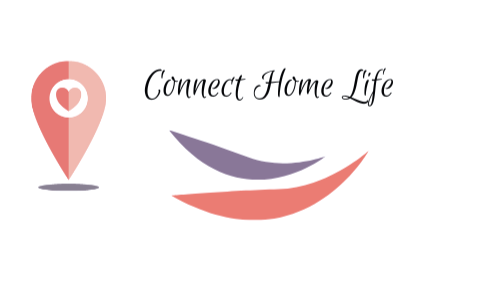Return to Shalom: Where Compassion Meets Action
“Dear children, let us not love with words or speech but with actions and in truth.” — 1 John 3:18
Shalom. It’s more than peace; it’s wholeness. It’s when everything is in the right relationship—with God, with ourselves, with others, and even with creation.
But if you look around, you’ll see—we’re not there.
Bryant Myers, in Walking with the Poor, states that to understand poverty, we must consider the fundamental nature of reality. That’s a significant idea. But at its core, he argues, poverty arises from broken relationships—ones that no longer align with God’s design. Systems become unjust. People become isolated. Communities become divided. And hearts become hardened.
That’s why Jesus came. Not just to forgive sin, but to restore Shalom—making everything whole again. The gospel isn’t only about personal salvation; it’s about relational restoration. It’s God reconciling all things to Himself, including the broken parts of our world.
And here’s the moment it becomes real: we’re part of that restoration plan.
When Jesus reconciles us to God, He also calls us to be reconcilers—to step into the chaos and become peacemakers. That means we don’t just sit on the sidelines praying for peace from a distance. We enter in. We love not just with words, but with action.
That sounds beautiful—and overwhelming. How can we bring peace to a world that’s anything but peaceful?
Start small.
It starts in your neighborhood. It begins with one visit to the elderly neighbor who feels forgotten. One bag of groceries delivered to a struggling family. One honest conversation with someone who feels like they don’t belong. One act of compassion that says, “I see you—and you matter.”
Jesus didn’t change the world from a palace. He walked dusty roads, sat with outcasts, wept with the grieving, and ate with the overlooked. He restored relationships—and in doing so, restored people.
We can do the same.
When you help someone feel known, you engage in the ministry of reconciliation. When you choose compassion over convenience, you reclaim a piece of brokenness. When you see someone through God’s eyes and love them as He would— you bring Shalom closer.
So what does “returning to Shalom” look like?
It looks like listening.
It looks like inviting.
It looks like showing up.
It looks like love with sleeves rolled up.
No one can deny the power of God’s love when it shows up through His people.
So this week, don’t just feel compassion. Practice it.
Return to Shalom—one step, one relationship, one act of love at a time.
“What’s the point of success if you’re not using it to lift others?”










